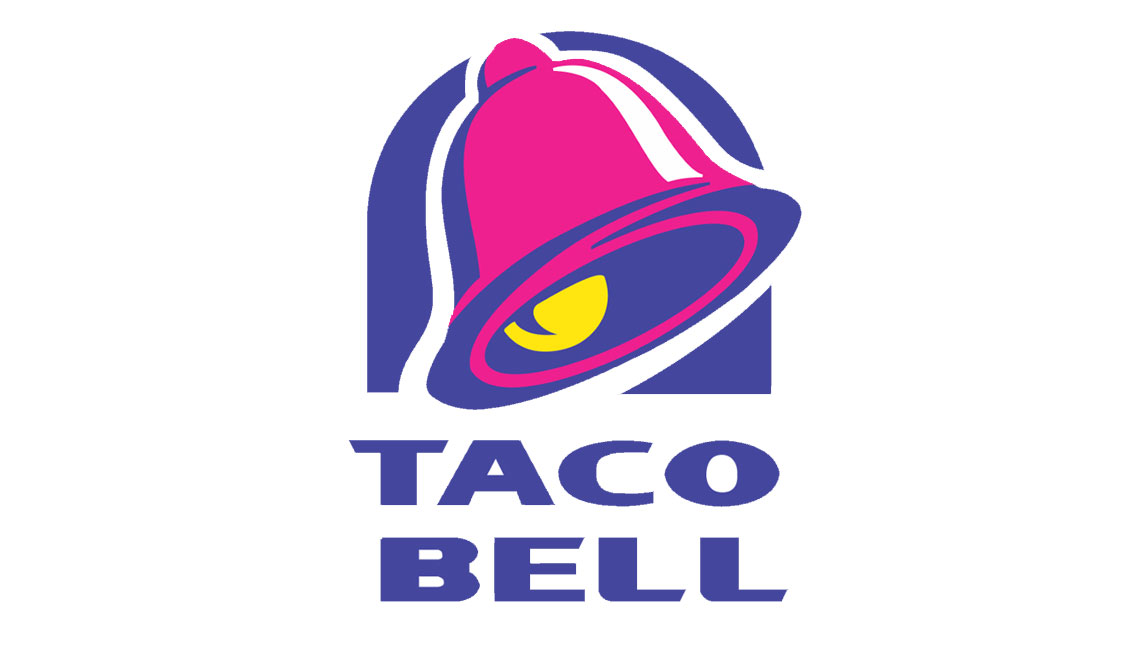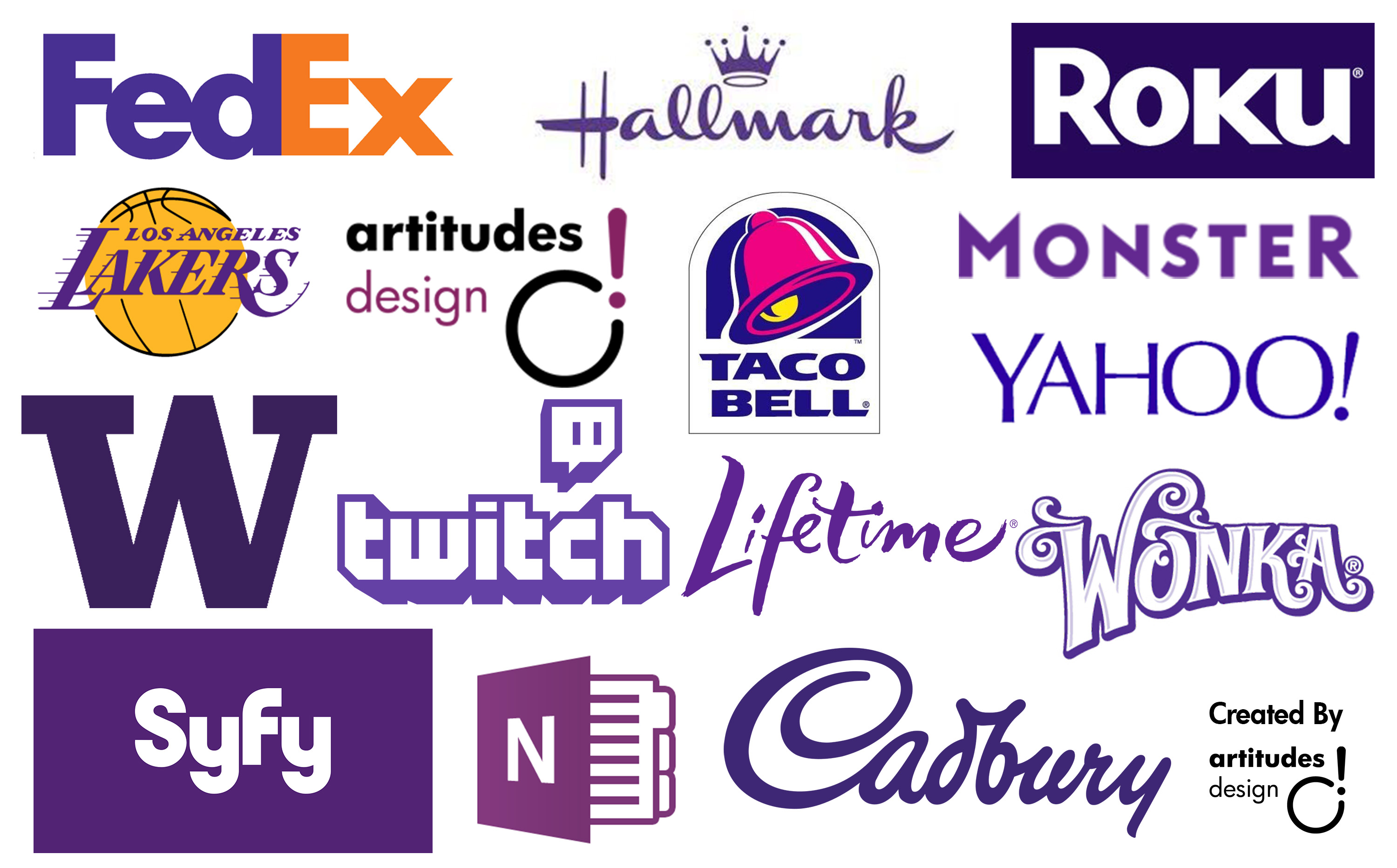Branding is communication. Hence the colors you pick to represent your company have to communicate the values you want to convey to your target audience. The color purple has a long history in our civilization. It is a common color of Roman togas and royal insignias. As a result, this color has represented power, wealth and aristocracy throughout the centuries. The way we perceive it today hasn’t really changed.
The emotional effect of purple color
Primary colors like red, blue or yellow all impact our minds differently, so, for instance, the color red suggests passion or rebellion while the color blue tends to have a more calming effect on the viewer. The purple color is a perfect combination of these two primary colors as it can have a soothing effect while simultaneously being inspirational. Purple is a perfect balance between the fiery red and the calming blue.
In addition, the effects of the purple color often depend on the undertone. As the combination of red and purple most people recognize it as warm. However, a blue undertone makes the color seem colder. Furthermore, the shade of purple you choose for your brand can have significant implications on your branding strategy. Lighter shades of the color are regarded as feminine, while darker shades are commonly more appealing to the male audience.
The modern interpretations of the purple color have its roots in its history. This color has long been associated with the power of mighty emperors, and for that reason organizations that would like to establish themselves as powerful and resourceful often use this color in their branding. Besides, power purple can also suggest creativity, bravery or even authority, which makes it a suitable choice for a broad range of branding strategies. Some of the most popular international companies like Yahoo or Milka have made this color an integral part of their identity because people from different cultures and age groups can relate to it.
Famous purple brands


In fact, some of the most iconic logos of the 20th and the 21st centuries feature the purple color. Professional sports clubs, delivery companies, fast food restaurants or aviation companies all have logos, packaging, and different products that are either entirely purple or pair this color with different undertones. The widespread use of this color in branding shows that target audiences for products that have nothing in common, react to this color in a positive manner. The fact that the color purple is common in branding makes it more difficult to find a unique and creative way to incorporate this color into a company’s branding strategy. Moreover, choosing this color for a brand doesn’t guarantee its success, since you have to make sure that the purple color is the right match for the visual elements you’re going to include in the company’s logo or on any other aspect of marketing.
Let’s take a look at some of the best examples of how the purple color in branding:








1 comment